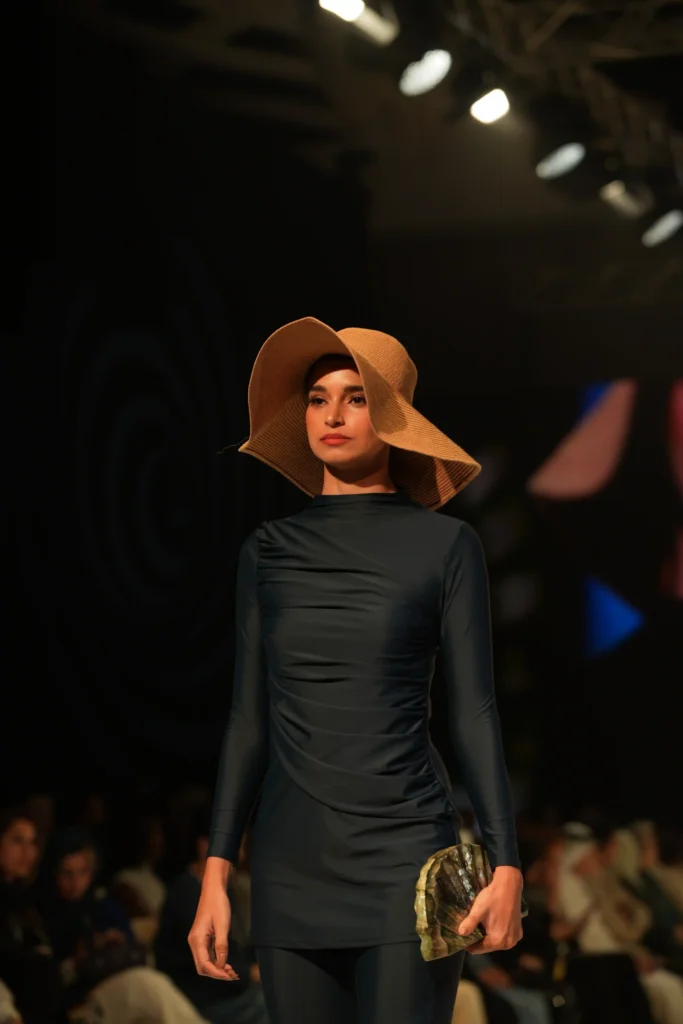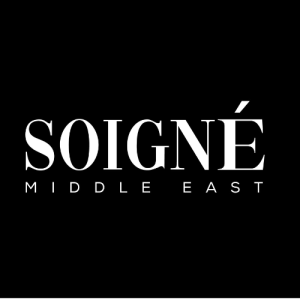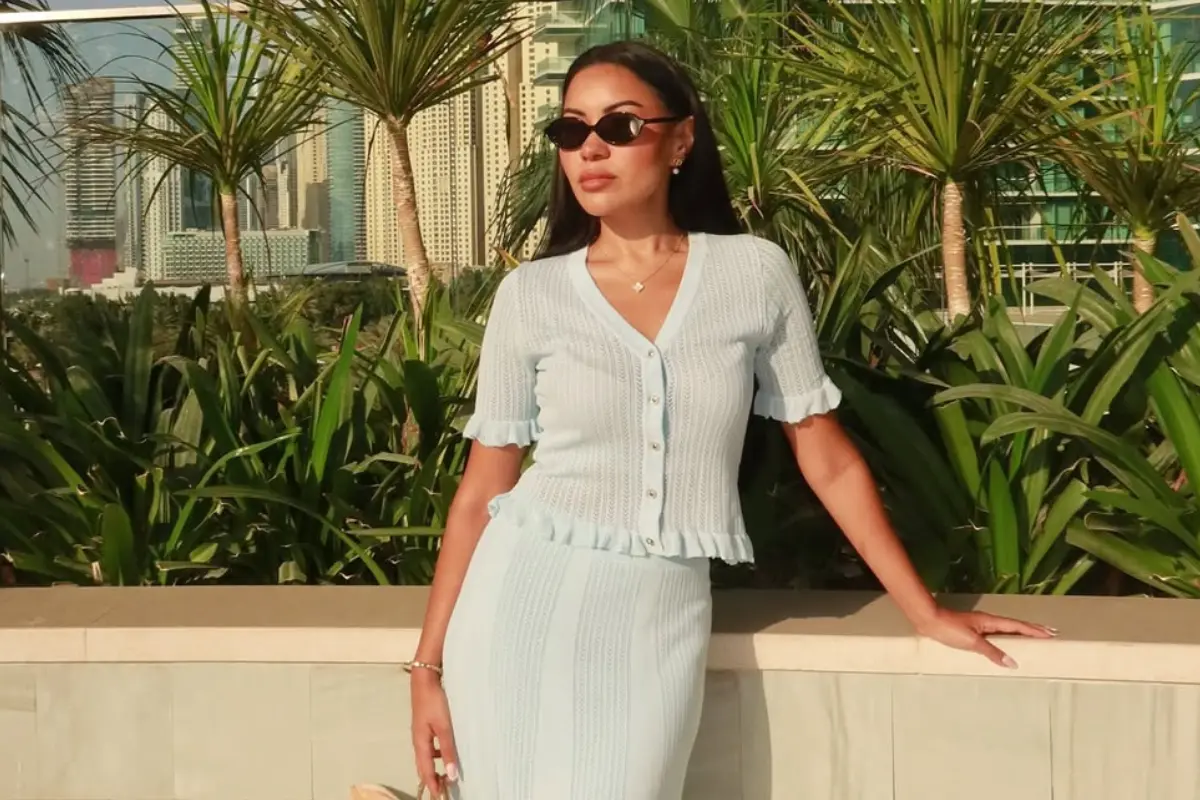Three days, fifteen labels, one event, Abu Dhabi Modest Fashion Week’s tenth edition, staged 14–16 April on St Regis Saadiyat Island, read like an atlas of covered style in motion. Starting from Turkey’s Niqozza, where razor‑pressed jackets and ankle‑brushing trousers traced precise, right‑angle geometry under museum‑grade lighting. London’s Lanuuk responded from the shoreline—neoprene swim sets zipped to the collarbone yet cut for a freestyle sprint, proof that coverage can draft behind speed without losing polish. Dubai native Rabail Riaz followed with molten trench coats that caught the rig lights like liquid metal, sliding seamlessly from business‑meeting daylight to post‑dinner midnight.

Regional muscle stayed on tempo. Cabochon scattered constellations of crystal across pitch‑black crepe, a star map tailored for ballroom ceilings, while home‑grown newcomer Humble Power turned performancewear into a quiet manifesto: breathable jerseys, thumb‑hole cuffs, zero compromise. Nigeria’s Amina The Brand pressed archival West African motifs into crisp shirting and flared skirts set for city pavement or luxe brunch; Qatar’s Habba softened satin pastels with sharp diagonal cuts that swung purposefully at each turn. Across the Gulf, Iranian duo Zima Maison and Maria Bashirian shared a runway yet not a mood—one keeping lines spare, the other sculpting fabric into near‑architectural silhouettes.


The global presence of modest fashion continued to unfold as Australia’s Ashaalia stitched heirloom beadwork onto season‑agnostic gowns; Malaysia’s Arlina Ayou carried two decades of textile know‑how into ready‑to‑wear that felt reassuringly considered; Thailand’s A List & More re‑imagined bridalwear one hemline at a time, cutting bias for real bodies rather than sample size fantasy. Even within quiet moments, you could feel an undercurrent of ambition—Terzi Dükkanı’s natural fibres brushed the skin like a reminder of slow fashion’s long game.
Backstage, Global Modest Fashion Weeks founder Ozlem Sahin Ertas noted that the market “no longer needs validation; it needs deeper racks and bigger budgets.” Miral’s Taghrid Al Saeed added that Saadiyat’s cultural backdrop “mirrors the sector’s balance of heritage and forward motion.” Read between those sound bites and a larger thesis emerges: modest wear is shifting from category to compass, steering the wider industry toward new silhouettes, new tech fabrics, and—crucially—new consumers who expect style without compromise.




